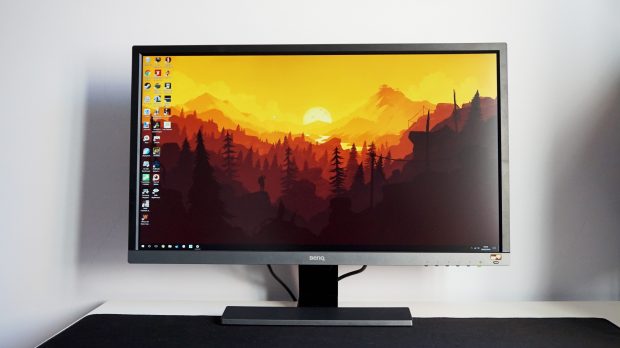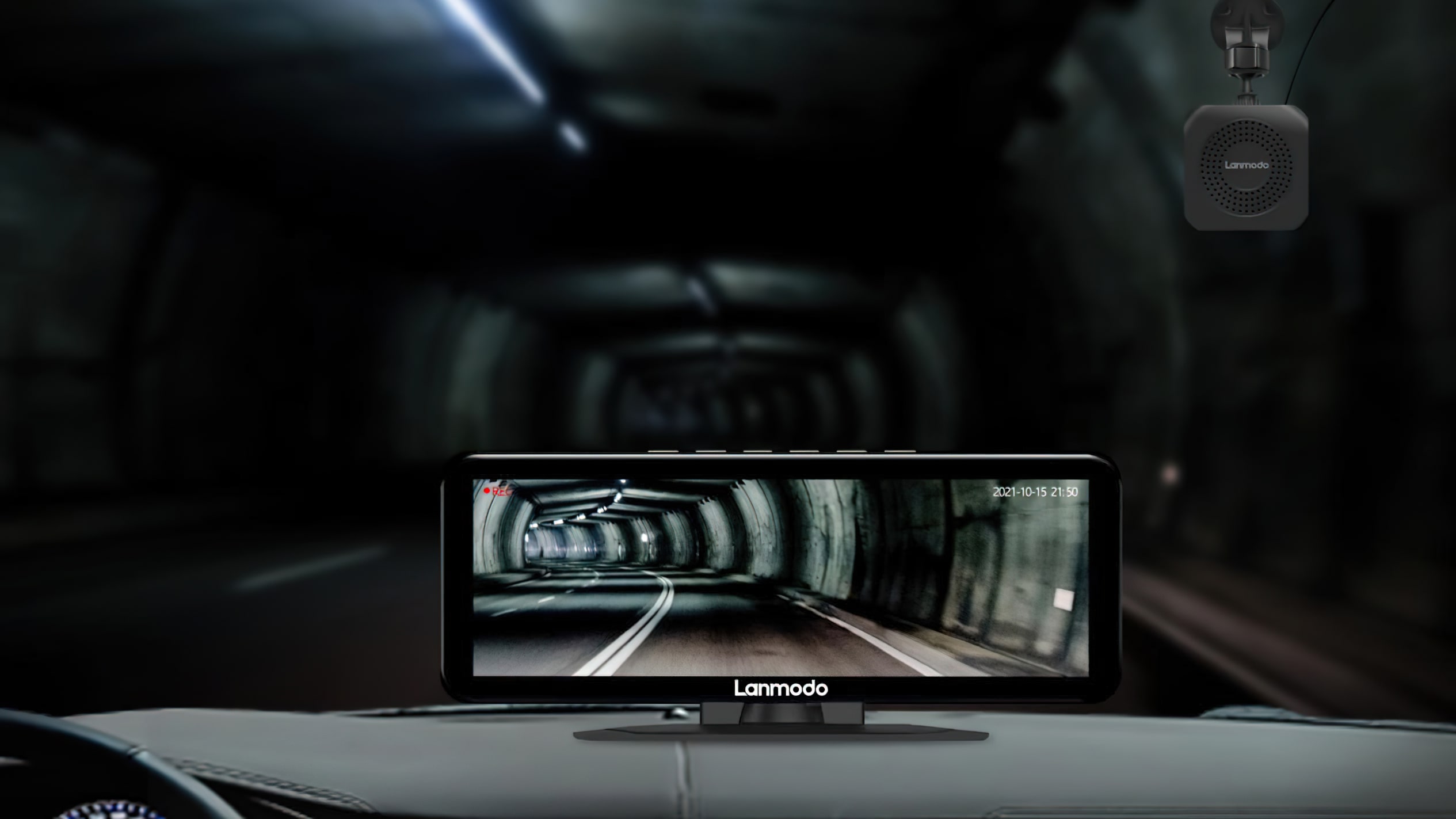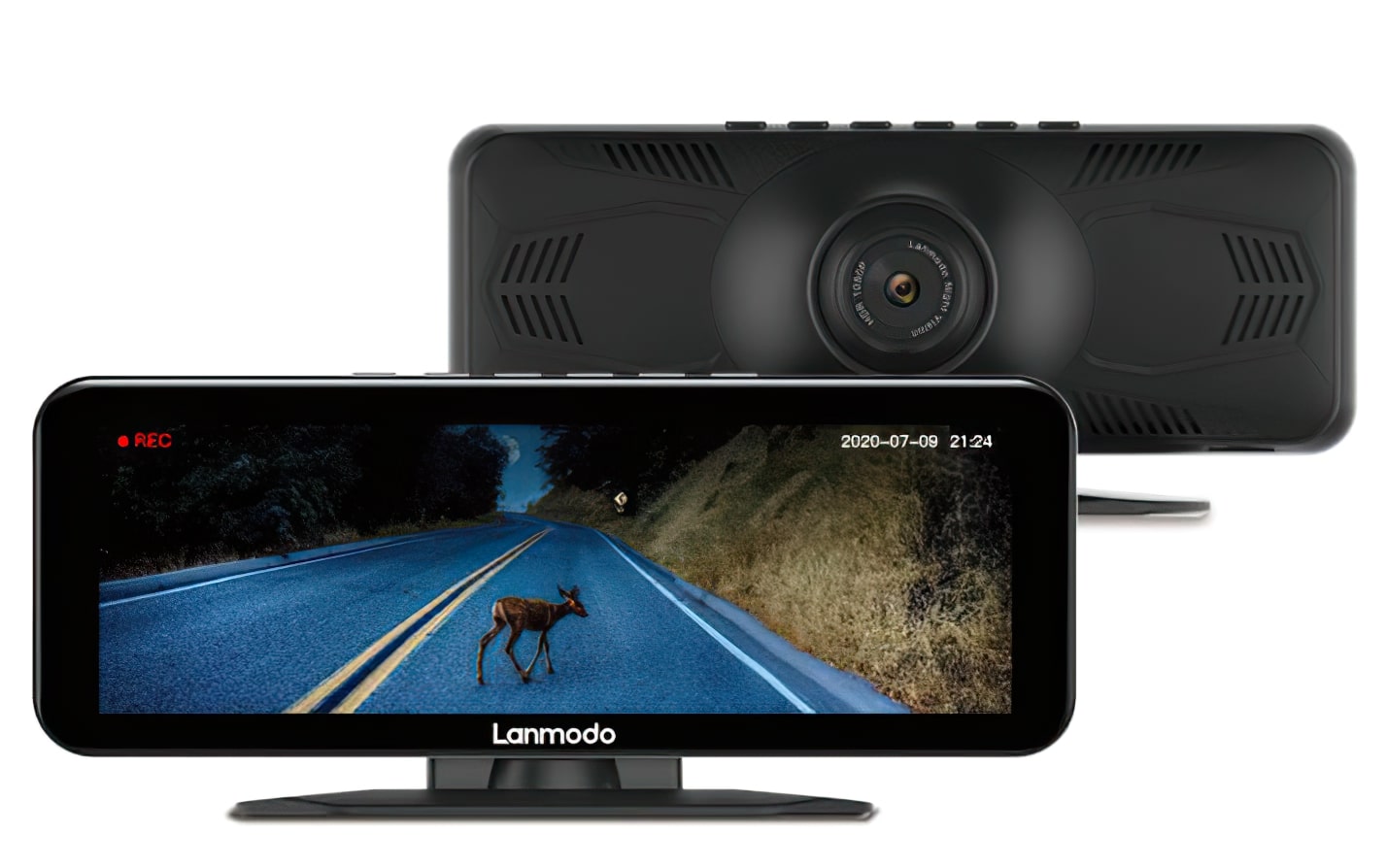
4K displays have been round for some time now, however 4K displays that additionally include built-in HDR help are nonetheless few and much between, making BenQ’s brand-new EL2780U one thing of a rarity.
At 28in, this 4K HDR display will not be the largest Ultra HD monitor cash should purchase, however at simply £329 / $500, it’s arguably one of many most cost-effective that does HDR. It’s not on sale but within the UK, sadly, however must you be contemplating the BenQ EL2870U for video games like Final Fantasy XV or Assassin’s Creed Origins over a few of the different best monitors I’ve examined up to now? Let’s discover out.
Before we start, a small (all proper, prolonged) phrase about HDR on PC. HDR, or excessive dynamic vary, is a little bit of show wizardry that enables a display to point out a wider vary of colors than regular and enhance its distinction ranges approach past what you’d sometimes see on a non-HDR show, permitting for brighter, whiter whites, and darker, blacker blacks. It makes pictures look extra life-like and is usually an excellent factor that may enhance the standard of no matter’s being displayed onscreen, be it a TV or PC monitor.
The solely drawback is that, not like TVs the place you possibly can’t transfer for 4K HDR choices, PC displays have been a lot slower out of the gate. So far, there have solely been a handful of 4K HDR displays which have truly been introduced, and most of them are rarer than hen’s enamel if you wish to truly purchase one.
There’s additionally an issue with HDR requirements. While a lot of the introduced HDR displays help the open HDR10 commonplace, Nvidia and AMD have additionally thrown their respective oars in by introducing separate HDR help to their adaptive body price applied sciences, G-Sync and FreeSync, known as G-Sync HDR and FreeSync 2. This implies that plenty of the at present introduced HDR displays that include G-Sync and FreeSync truly help two requirements, which is rather more of a headache than it actually must be.
Fortunately, we solely want to fret about HDR10 on the BenQ EL2780U, as that is only a common FreeSync display, not FreeSync 2. So what precisely is HDR10 when it’s at dwelling? This explicit commonplace is just about the start line for any trendy HDR show, and requires a display to have a panel with 10-bit color depth (non-HDR screens solely have 8-bit panels) that helps the Rec.2020 color gamut, which is way, a lot greater than the common sRGB color gamut.

The BenQ EL2870U has three inputs altogether: two HDMI 2.Zero and one DisplayPort 1.4. You additionally get a headphone jack.
However, you possibly can solely actually respect HDR when the show is receiving an HDR sign, which in our case means once we’re enjoying an HDR-compatible sport that’s being rendered by an HDR-supported graphics card (i.e.: all of Nvidia’s GTX 900 and 1000 sequence playing cards plus AMD’s R9 300 sequence, RX 400, RX 500 and RX Vega playing cards). The remainder of the time, the monitor acts similar to a daily monitor.
At the second, there’s no show in existence that may truly show the entire of the Rec.2020 color gamut (about 75% of all the visible spectrum), and there most likely gained’t be for at the very least an excellent couple of years. Instead, it’s finest to view HDR10’s Rec.2020 help as a little bit of future-proofing slightly than one thing that’s going to fully revolutionise the way in which you play video games this very second. Right now, the closest factor I can inform you is how a lot of the DCI-P3 color gamut the EL2870U covers, which represents about 53% of our general visible spectrum. sRGB, for comparability’s sake, solely covers round 35%.
Colour accuracy is simply a part of the HDR pie, nevertheless, as a show’s most brightness stage can also be important for delivering a significant HDR influence. The Ultra HD Premium sticker you’ll have seen floating round on top-end TVs, for instance, denotes it might probably hit at the very least 1000cd/m2, which, contemplating your typical non-HDR monitor usually maxes out round 300cd/m2, is fairly rattling eye-searing. This isn’t the case for all HDR shows, however usually increased brightness ranges imply a greater HDR expertise general.

And it’s right here the place the BenQ EL2870U falls down. Now, I’ll admit that my normal testing software program doesn’t truly produce an HDR sign, so its peak brightness of round 280cd/m2 is simply what it might probably handle when displaying non-HDR content material. That’s fairly typical of PC displays lately, and greater than sufficient for on a regular basis work.
However, once I enabled HDR in Windows 10 and fired up the HDR-compatible Assassin’s Creed Origins, it was instantly apparent that the monitor’s brightness ranges weren’t hitting the sort of highs I’d anticipate from an HDR show. In a extremely unscientific experiment, I made a decision the most effective factor to do was to depart my dwell measurement instrument working within the background and stick my calibrator over certainly one of Siwa’s in-game solar flares, as this could theoretically be the brightest a part of the display if HDR’s doing its job correctly.
However, no matter whether or not I had HDR turned on or off, every event solely produced a studying of round 250cd/m2, which suggests you’re not benefiting in any respect from HDR’s potential brightness ranges. Yes, it appeared good in HDR, however not noticeably nicer than enjoying the sport on the monitor’s common Standard image mode with HDR turned off.
To be sure that it wasn’t simply Windows 10 being an arse (as a result of let’s face it, HDR and Windows 10 haven’t been the closest of bedfellows both just lately), I additionally attached the EL2870U to an Xbox One X. Using the identical strategies, I put my calibrator over yet one more solar flare and lo and behold, I acquired one other peak brightness studying of round 250cd/m2.
The EL2870U doesn’t carry out effectively within the brightness division, then, so what about color replica? Well, this didn’t make a large impression both, to be trustworthy, both on PC or on the Xbox One X. I might see the reds and yellows in Bayek’s clothes had been a contact extra vibrant and vivid with HDR turned on, however general the ‘wow factor’ was fairly minimal. In reality, it was solely actually noticeable once I checked out darker areas of the display, equivalent to Bayek’s hair and his eagle good friend Senu’s feathers. Here, I might see much more element within the blacks, greys and darkish browns, however nothing notably revolutionary.

The EL2870U additionally comes with BenQ’s sensible brightness expertise, which is able to robotically dim the display relying in your ambient lighting circumstances – useful for workplace work, however not so good for video games
Lots of this comes right down to the EL2870U’s slightly middling color gamut protection, which is hindered additional by the actual fact it has a TN panel (which usually aren’t nice with regards to color replica) slightly than one thing like an IPS show. Again, my testing tools doesn’t particularly check for HDR or Rec.2020, however as talked about above, it does do DCI-P3, which is what HDR TVs use to qualify for that coveted Ultra HD Premium sticker.
On its default, out of the field settings (which consists of the mounted Standard image mode and Normal color temperature setting with HDR switched off), the EL2780U managed 91.2% sRGB protection and 70.3% DCI P3. That’s not dangerous for a TN monitor within the £300/$500 area, however as a basis for HDR it’s shaky at finest, particularly with a distinction ratio of round simply 900:1 and a comparatively mediocre black stage of 0.31cd/m2 (the nearer to 0.00cd/m2, the higher) on most brightness.
I hoped its devoted HDR and Cinema HDR modes may enhance issues, as these are supposed to emulate the expertise of HDR when the monitor isn’t receiving correct HDR content material. Alas, my check outcomes got here in even worse on these modes, hitting a mean of 83% sRGB and simply 62% DCI P3. These outcomes had been accomplished utilizing the monitor’s DisplayPort enter, too. Switching to its pair of HDMI 2.Zero inputs, the whole lot dropped by round 5% throughout the board, so that you’ll want to make use of the DisplayPort the place potential to get the most effective outcomes.
Of course, evaluating the EL2870U’s DCI P3 protection to an Ultra HD Premium TV is slightly unfair given the massive distinction in worth, nevertheless it’s price stressing that as an HDR show, the EL2870U doesn’t actually provide a lot over and above a daily non-HDR monitor. Instead, the actual bonus at this worth is the 4K decision – though, once more, it’s price mentioning that by the point you’ve enabled Windows 10’s scaling to round 150% so you possibly can truly learn something with out squinting, you’re not likely getting rather more display actual property than a similarly-sized 2560×1440 monitor.
The EL2870U comes with just a few different extras as effectively, together with BenQ’s brightness intelligence tech and low blue gentle filters to assist out with extended workplace work, to not point out flicker-free to chop down on potential eye-strain and that aforementioned FreeSync help for AMD graphics card house owners, however for those who’re primarily in search of an HDR display to blow your socks off for gaming then the BenQ EL2870U most likely isn’t the display you ought to be shopping for. It’s a good 4K monitor for these on a funds, however for these after one thing a bit extra particular, the lengthy wait continues.


